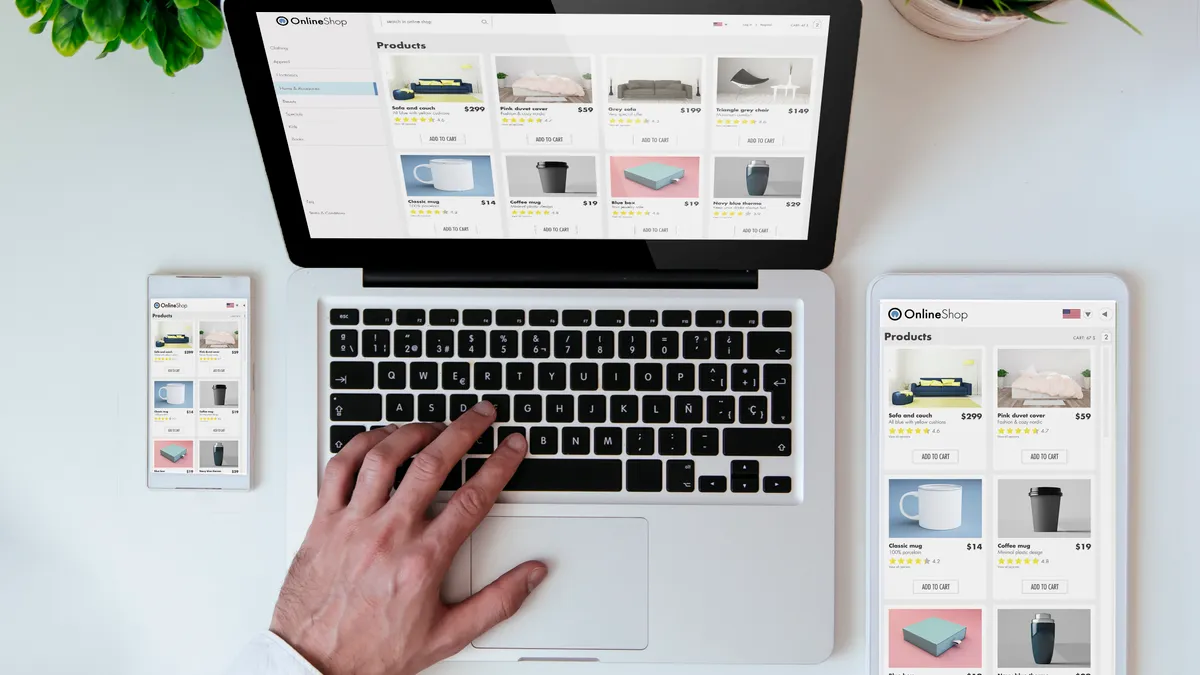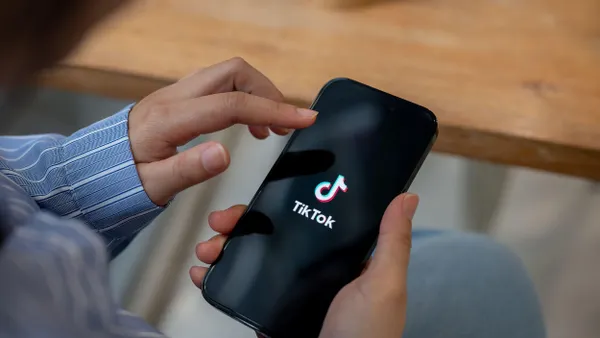It’s a challenging time for the retail industry. On the one hand, e-commerce sales have exploded. But so have consumer expectations and other pressures that are squeezing profit margins.
Despite e-commerce profitability challenges, many retailers are still managing to innovate — and they’re getting great results. Leading e-commerce solutions provider CommerceHub recently saw one leading retailer increase run rate gross merchandise value (GMV) by more than 200% in just 90 days. Another grew their business 100% in 12 months after finding a way to onboard new products and brands with less friction.
How did they do it? By unifying marketplace, drop ship and other partner models into one seamless strategy.
Focusing on marketplace or drop ship is no longer enough
In attempts to expand product assortment and keep up with evolving consumer demands, many retailers are beginning to embrace additional partnership models for unowned inventory. Some are implementing curated marketplaces for commission-based selling. Others are creating e-concessions for top brands or enabling self-service models for third-party vendors — all while continuing to sustain revenue-driving drop ship partnerships.
While each of these options and more can play an important role in the economy of increased expectations, problems arise when they’re managed through disparate systems. When that’s the case, each new program can require its own set of connections, systems and processes that can take months or years to implement. This not only slows down your ability to offer customers a greater selection of products online but creates friction with brands as well. The more systems and integrations brands have to manage, the more difficult it becomes to help you expand the breadth and depth of assortment in different partnership models.
What’s a retailer to do? Adapt a more flexible approach.
What will it take to boost profitability?
Even as retailers continue to get squeezed by price-weary consumers and supply chain costs, there is a path to resiliency.
To drive profitable growth in 2023 and beyond, retailers will need to move away from “either-or” thinking. Many still view drop ship, marketplace, e-concession and other partner models as separate strategies, when they’re critical pieces of the same profitability puzzle. Those mental barriers get in the way of innovation because they lock each vendor relationship into a view of what it currently is rather than what it can be.
Instead, it’s time to consider new ways of unifying these different approaches into a single, flexible model — one that lets you widen your product assortment while maximizing profitability.
Rather than relying on vendors to define how retailers should work with brands, retailers should be experimenting and launching new partnership models for unowned inventory based on their business needs. What will it take to deliver an exceptional customer experience for every product and brand? How can you rapidly test new categories? How can you do it all profitably?
Thanks to advancements in e-commerce solutions, these questions and others like them are easier than ever to answer. The more extensive your commerce network, and the more flexible and unified your approach, the better positioned you’ll be to profitably meet the needs of consumers. By shifting to an “any partnership” solution, you can:
● Reduce friction for brands to work with you. With the right technology in place, brands can participate across multiple partnership models without having to wait on new integrations.
● Unleash opportunities for innovation. Once you have a single connection, you can easily launch and scale new unowned inventory models as needed. This frees retailers to make fast, fluid decisions based on what’s happening in the market now.
● Capitalize on consumer demands. By replacing separate processes with one comprehensive solution, you can easily adapt how you work with brands based on changing demands.
● Lower your total cost of ownership. Rather than implementing, managing and maintaining separate systems, your team can essentially flip a switch when it’s time to launch a new model. It means less operational expense and lower IT costs for you, and more choices for your consumer.
And that’s all just for starters. Managing multiple partnership models for unowned inventory in a single solution is the key to unlocking all kinds of profit potential. It lets you embrace different partnership models to serve different needs, and then turn them on and off as needed. By shifting the focus to speed and scale, retailers will find they can not only survive the current landscape but thrive in it as well.










